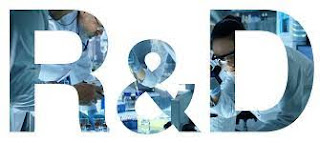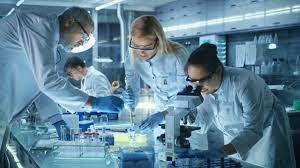Pakistan Pharma Industry SWOT – Part 32 – Asrar Qureshi’s Blog Post #623
Pakistan Pharma Industry SWOT – Part 32 – Asrar Qureshi’s Blog Post #623
Dear Colleagues! This is Asrar Qureshi’s Blog Post #623 for Pharma Veterans. Pharma Veterans welcome sharing of knowledge and wisdom by Veterans for the benefit of Community at large. Pharma Veterans Blog is published by Asrar Qureshi on WordPress, the top blog site. Please email to asrar@asrarqureshi.com for publishing your contributions here.
Opening Note
February 2022 marked my completing 47 years of working in Pharma Industry. Allah be praised. I am still working. My journey of near half century is also the journey of Pharma Industry in Pakistan. Great changes have occurred in this time and a lot could be written about it. In my blogs, which were started about four and a half years ago, I have covered several topics related to Pakistan Pharma Industry. This multi-part series shall do and review the SWOT – Strengths, Weaknesses, Opportunities, Threats – of the Pharma Industry.
STRATEGIES
It is now time to strategize, as this was the purpose of this long exercise.
Strategies are made on these parameters:
• Strategies based on Strengths
• Strategies to mitigate Weaknesses
• Strategies to exploit Opportunities
• Strategies to avert Threats
We shall follow the same line of thinking. We have completed Strategy Recommendations based on Strengths.
Strategies to Mitigate Weaknesses
2. Strengthen R & D – R&D is the lifeline of Pharma industry. Internationally, huge amounts are spent on researching new molecules, extensions of new molecules, and new drug delivery systems. Pakistan Local Pharma is also doing R&D which is focused on product development.
a. It was discussed in this series and elsewhere also that the companies who made it big had a robust new products pipeline, and they introduced first/second/third generics. The importance of R&D is built in the system and cannot be overemphasized.
b. The R&D at Local Pharma is limited to product development which means developing formulations for new generics. However, with the introduction of CTD format of registration dossier, product development has taken new importance. Previously, products were applied and registered without developing the product. A ‘supposed’ formulation was submitted for registration. The real formulation was developed when the product had to be taken to market. The actual formulation could be entirely different from the ‘supposed’ formulation. It could pose serious regulatory issues which were ignored. However, CTD format requires that the product is developed, stability study is done, and the real data is submitted. The role of R&D has become suddenly critical. Another important requirement of CTD format dossier is that CDP – Comparative Dissolution Profile with the innovator drug be done and the data along with original chromatograms from HPLC are included in the dossier. It means that the R&D staff must be well-versed with the current requirements.
c. Historically, people from production were reassigned to so called R&D or PD. They knew only about conventional formulations, and they used similar recipes for all products. This is not feasible anymore. New molecules require new formulations and only dedicated R&D people with adequate knowledge will be able to do so.
d. Another current concept is to develop new formulations on the pattern of RLDs – Reference Listed Drugs, or the original innovator drugs. International standards demand that the tablet size, shape, weight and even color should be similar to the RLD. This is another key element for new products development which can only be handled by qualified R&D staff.
e. International certifications are finally becoming matter-of-interest for Local Pharma also. The process for international certification starts from submission of dossier to the concerned regulatory authority. When couple of companies from Pakistan submitted dossiers to WHO for prequalification as GDF – Global Drug Facility, their dossiers were so far away from the requirements that it took few years and multiple submissions to become approved. Presently, the situation has improved because of good standing and coordination of R&D and Regulatory staff. Any company aspiring to pursue international certification must have strong R&D and Regulatory beside other requirements.
f. Our R&D cannot research new molecules because we are so far behind in technology and because generic companies do not research new molecules. However, R&D in generic companies can work on improving drug delivery, bioavailability, taste, and ease of administration. This will be original work and the company doing it shall get benefit in the market. A robust R& is an asset for the company.
g. Finally, R&D had remained on the backburner for a very long time because it was considered an expense only, with no hope for return. This narrow thinking has changed already as some companies have demonstrated that every rupee spent on R&D is well spent and brings decent returns. Top-tier companies are proving it every day. w
I believe it is amply explained that a strong, robust, qualified and well-provided-for R&D is need of the time, is necessary for business growth, and will help corporate gain quality certifications at home and abroad.
To be Continued……
Disclaimer. Most pictures in these blogs are taken from Google Images which does not show anyone’s copyright claim. However, if any such claim is presented, we shall remove the image with suitable regrets.





Comments
Post a Comment